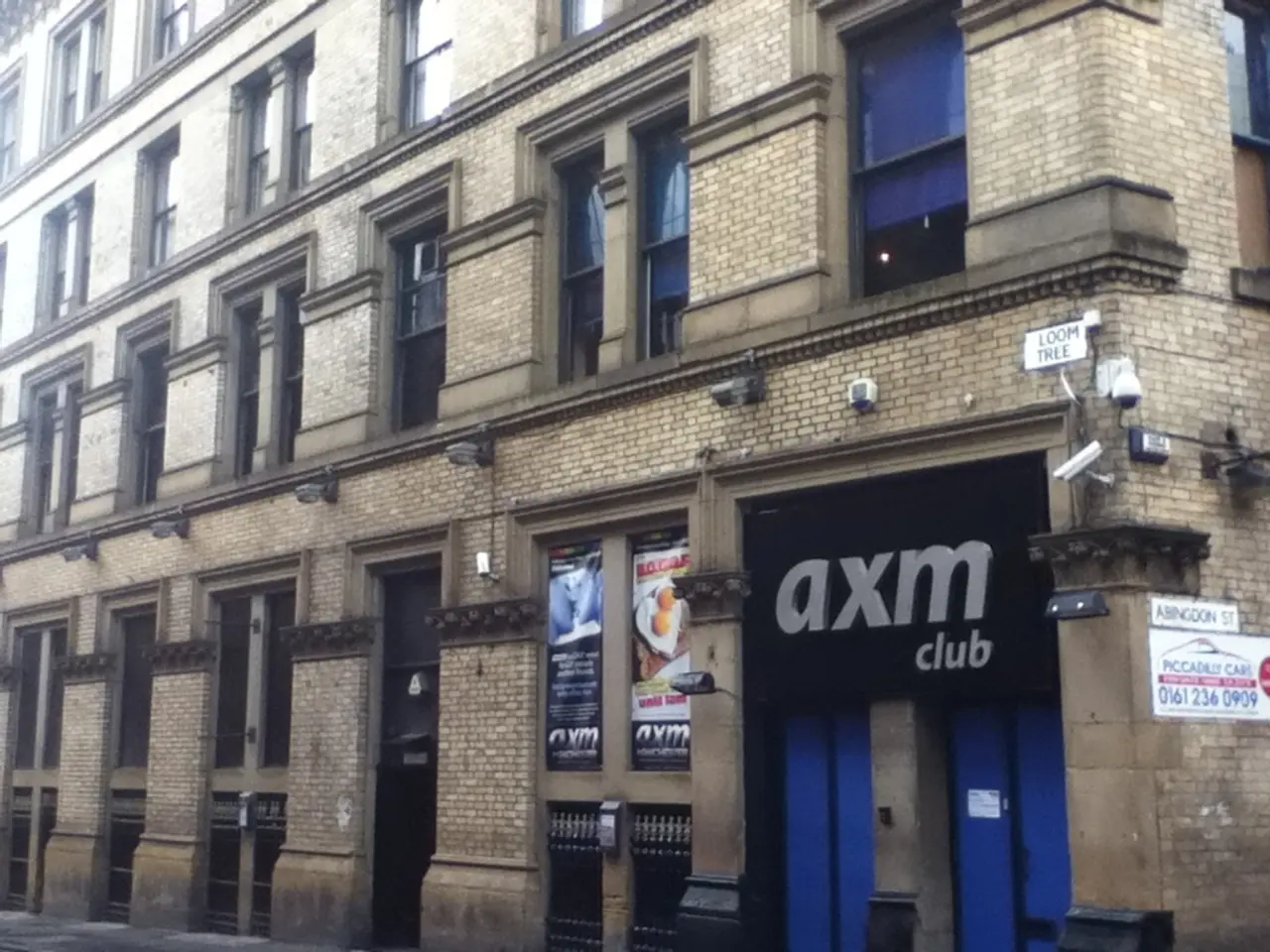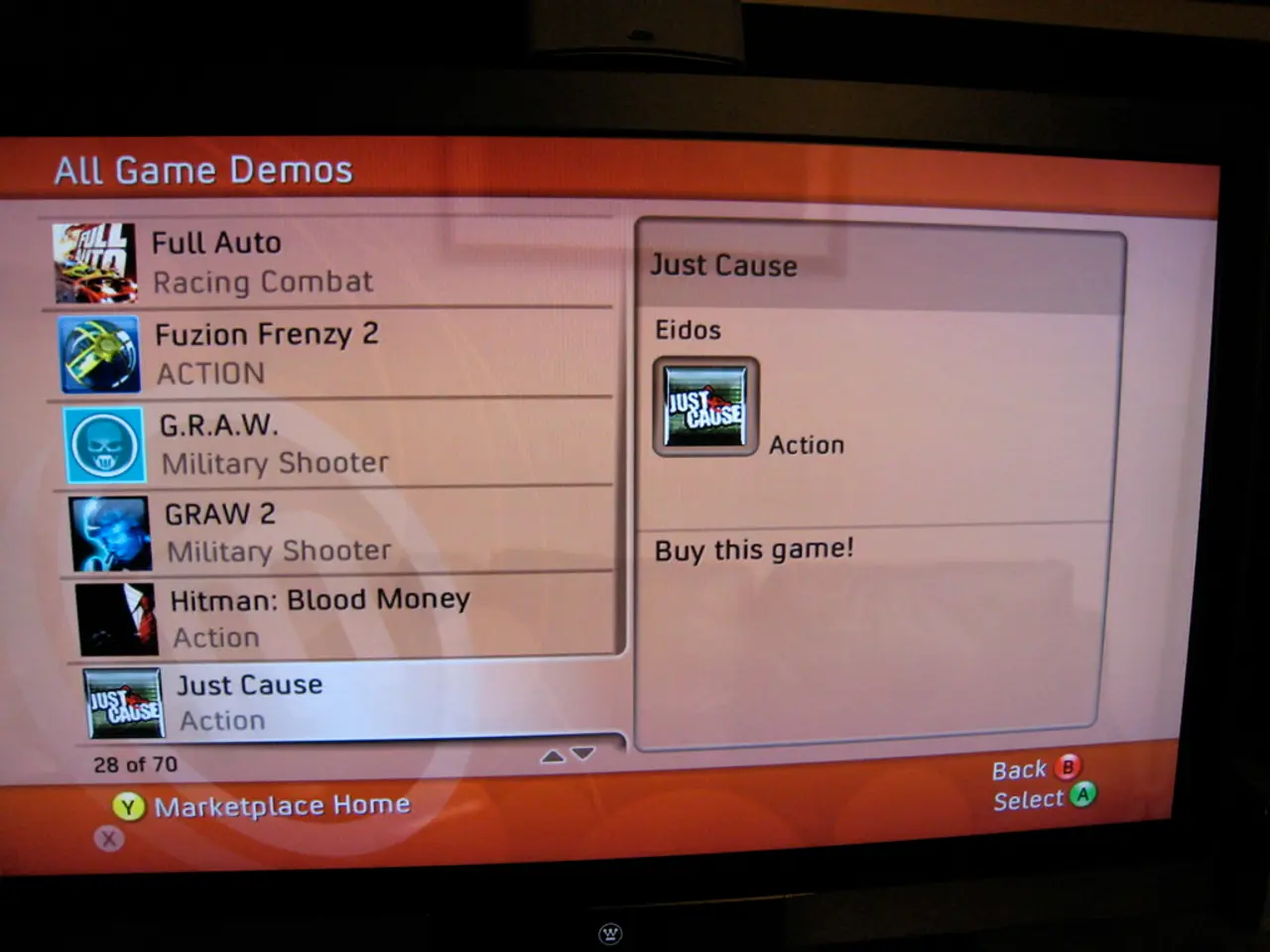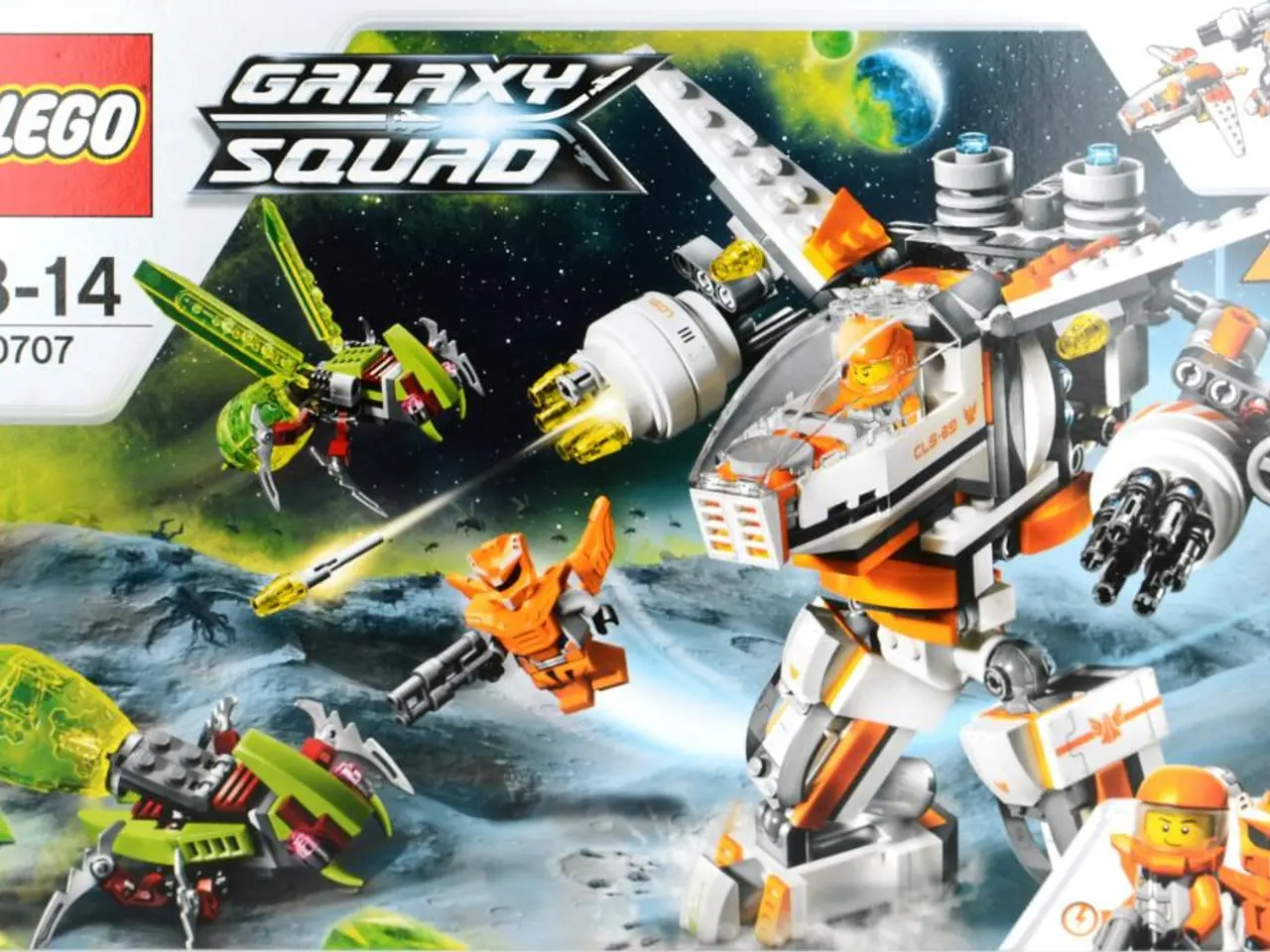East Village's Persistent Icon: Trash and Vaudeville - A Hub of Punk Culture's Enduring Legacy
Trash and Vaudeville, a legendary clothing store, has been a pivotal part of New York City's cultural landscape since its opening on Saint Marks Place in 1975. Over four decades, it has become a central hub for punk rock and counterculture fashion, helping to define the style of an era that was immortalized on music stages and album covers.
The store was founded by Ray Goodman, who began his career in marketing by selling posters and outfit staples from Saint Marks Place to his friends in Jersey City at a young age. Goodman's vision transformed Trash and Vaudeville into an iconic establishment, becoming a cornerstone of St. Mark's Place throughout decades of cultural shifts and gentrification.
Trash and Vaudeville was a go-to spot for black skinny jeans and Doc Marten boots, outfitting some of the most influential punk musicians such as the Ramones, whose trademark leather biker jackets, black jeans, and heavy-banged haircuts were directly associated with the store’s style offerings. Marky Ramone of the Ramones was a longtime friend of the store’s founders, further cementing the shop’s intimate connection to the music scene.
The store developed a "Trash family" of loyal customers and cultural figures, maintaining its influence even after moving locations nearby (to East 7th Street in 2016). Notable musicians such as Patti Smith, Iggy Pop, members of Blondie, The Ramones, and The Clash frequented Trash and Vaudeville, making it a hub for punk culture in the late 20th century.
Saint Marks Place, the street where Trash and Vaudeville was located, was a hub for punk culture. In the 1960s, a counterculture movement hit New York City, with hippies and artists accumulating in the East Village. Andy Warhol took over a Polish restaurant on Saint Marks Place in 1966 and transformed it into a nightclub called the Exploding Plastic Inevitable.
Trash and Vaudeville's role on Saint Marks Place contributed significantly to the area's identity as a vibrant corridor for arts, music, and alternative culture, playing a vital part in the historic and cultural ecosystem of New York City's East Village. Today, the federal style townhouse that housed Trash and Vaudeville is still standing, having been inhabited by Elizabeth Schuyler Hamilton and her family in the 1830s.
The move of Trash and Vaudeville from Saint Marks Place marked a significant turning point for the street, with many stores from the punk era disappearing and being replaced by frozen yogurt and smoke shops. However, the store's influence remains prominent today, not just in the punk realm, as evidenced by rapper Lil Uzi Vert wearing the brand's iconic bondage pants to the Grammys in 2018 and Rihanna wearing their white bondage pants to a show on The Monster Tour in 2014.
Trash and Vaudeville's house brand, Tripp NYC, is now sold in 300 stores worldwide and has become a staple to punk fashion. Jimmy Webb, a charismatic and outgoing employee of Trash and Vaudeville, worked at the store for roughly 20 years and was a staple to the store. Webb opened his own store, "I Need More," alongside Slash and Duff Mckagan in 2017.
Sadly, Jimmy Webb passed away from cancer in 2020, and his departure from Trash and Vaudeville coincided with the store's move. Green Day's Billie Joe Armstrong shared a mournful message on social media following Jimmy Webb’s death, while Iggy Pop wrote a heartfelt message calling him a "ragged ray of sunshine in a world that's getting darker."
Trash and Vaudeville's owner, Ray Goodman, expressed mixed feelings about the store's move, saying it was a little melancholy but also a new beginning. The store's history and significance lie in its pivotal role as a fashion and cultural landmark for punk and alternative scenes, shaping the East Village’s reputation as a center for rebellion, music, and style since the mid-1970s.
- Trash and Vaudeville, with its roots grounded in punk rock and counterculture fashion, has transcended its original focus, now attracting the attention of multimedia platforms, putting the spotlight on its impact on lifestyle, entertainment, and fashion-and-beauty trends.
- As a hub for alternative culture, Trash and Vaudeville has been synonymous with music, having played a crucial role in the history of various genres, from punk to hip-hop and even adding an edge to sports-betting and entertainment aesthetics.
- The Trash and Vaudeville store has been a veritable gallery, showcasing rebellious punk spirit in apparel like black skinny jeans, Doc Marten boots, and even extending to the world of sports through football, baseball, hockey, golf, basketball, and tennis, embodying the athletic subcultures' unique styles.
- Walking down memory lane, the humble origins of Trash and Vaudeville saw the roots of punk culture intertwining with pop culture, with its fashion sense influencing sports analysis and mixed-martial-arts enthusiasts alike.
- For competition aficionados, Trash and Vaudeville's football gear transcends the mere act of playing-it speaks volumes about one's penchant for rebellion and individuality-making it a viable choice for sports-lovers who want to represent their progressive style.
- On the other hand, Trash and Vaudeville's baseball attire showcases a different side of counterculture energy, enabling one to watch America's pastime while maintaining their unmistakable edge in the crowd.
- Amidst the hustle and bustle of ice hockey games, Trash and Vaudeville's apparel brings a twist to tradition, providing an alternative outlet for expressing one's unique persona within the sports scene.
- As golf continues to evolve, Trash and Vaudeville holds its ground in the industry by offering clothing that reflects both an appreciation for the sport and a stance against its often-traditional stereotypes.
- At the racetrack or on the basketball court, Trash and Vaudeville's apparel strives to recreate the rebel spirit of punk, stirring up excitement in places that are typically considered rather buttoned-up.
- Tennis tournaments have never been quite the same since Trash and Vaudeville graced the sport with its signature punk aesthetic, stirring up an undeniable sense of rebellion among even the most proper spectators.






